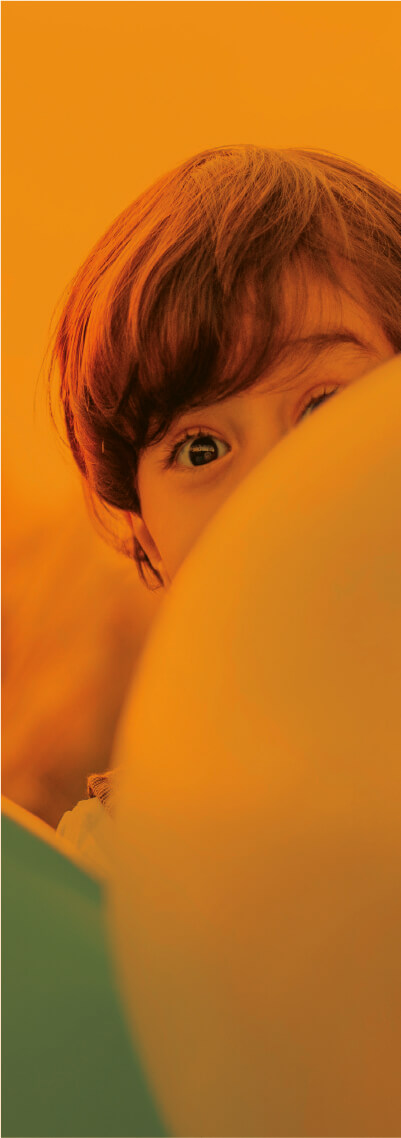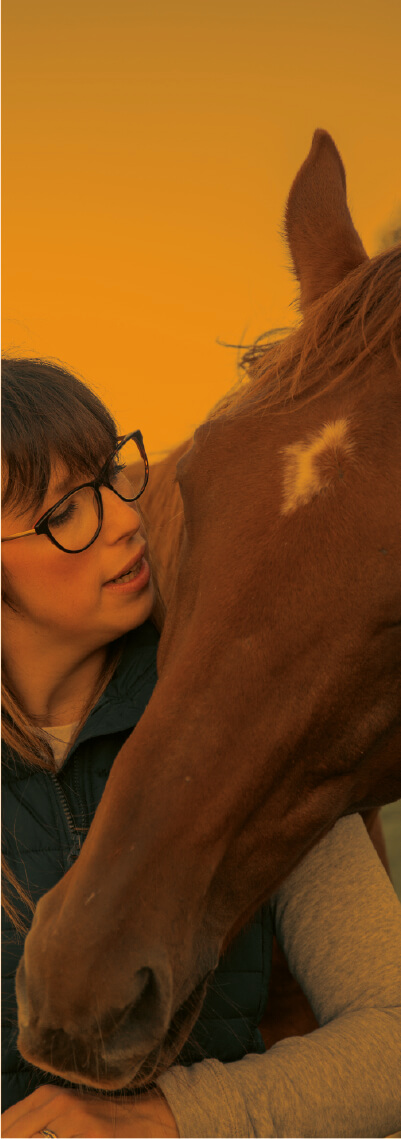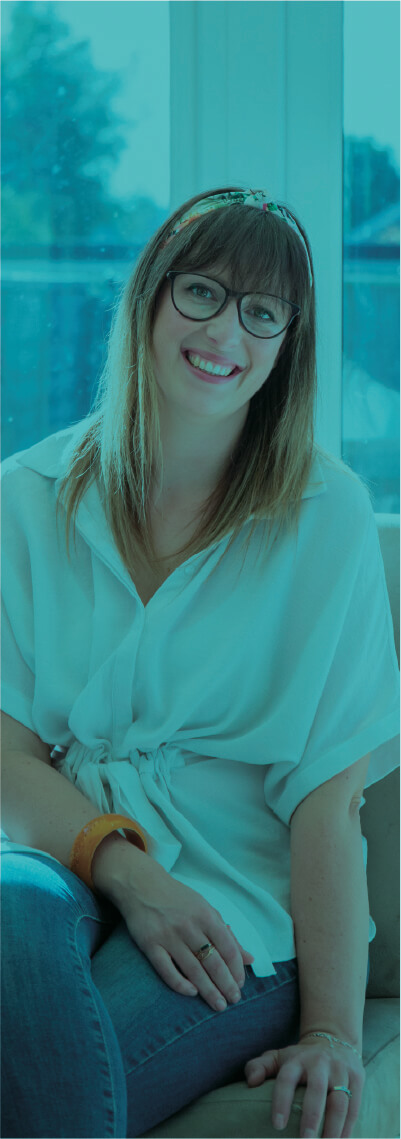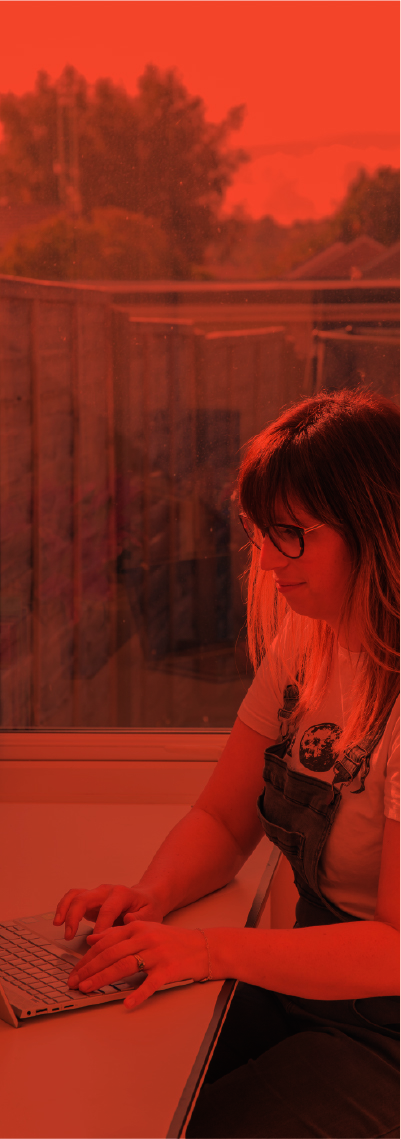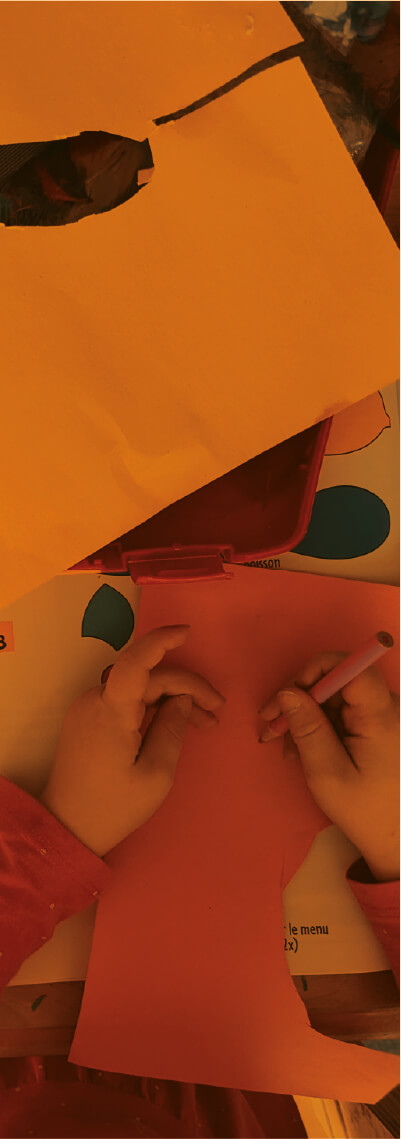
Unlearning Movement Patterns
We talk about patterns of movement a lot in physiotherapy and we tend to use the term to refer to children with high tone, but it is relevant for all types of evaluation of movement. It is a way for us to evaluate which areas of the body are strong and which are a little more challenged in their stability; we use the patterns of movement to determine what type of intervention would be best.
What are movement patterns:
Patterns of movement are to do with the way we sequence our movements. Having a wide variety of skills is really important for stability, balance, control and being able to plan our movements. In order to navigate challenges, we need to be able to move the left and right sides of the body independently, as well as the top and the bottom half of the body, and also in more than one direction. In typical development, there are more opportunities to move the body in all these ways, which allows the left and right side of the brain to talk to each other more. In doing this, the brain creates more solid pathways for planning and sequencing movement. These pathways allow us to see a challenge and immediately know the correct sequence of movements to overcome it. For example, reaching across your body for a cup of tea, your brain knows that it needs to coordinate your left side to reach across whilst keeping your right side and core stable.
When we use a few patterns again and again, and therefore strengthen the same areas, we lose that opportunity for range in our movement repertoire. Children with sensory challenges or altered experiences for their movement skills may miss out sections of their development or do things in a different way. For these children who have gaps in their development, they lack the opportunities for things like coordination, control of movement and realising that the separate parts of their bodies can interact.
So, how to unlearn these movement patterns:
When we talk about unlearning movement patterns, it is often about stripping back to basics; removing the focus on anti-gravity skills and coming back to basics to fill in those that children have missed or need to consolidate. Children learn through play and repeating. They have to have the opportunity to repeat skills over and over again to build that natural reaction of what they need to do and when. They need to slowly build a larger repertoire of movement.
As humans we always take the path of least resistance, so our children will always take the patterns of movement that are familiar to them. It is really important for us to help them shake things up and create more opportunities to learn new patterns.
We talk a lot as physios about symmetry, especially in alignment, but what is also really important for movement patterns is that we learn to move in asymmetrical ways. Children need to learn to use their left and right sides in different ways but at the same time. Movements such as rotation, side sitting, and turning the head in the opposite direction to the body, can all be easily integrated into play. When we introduce a bigger variety, we build bigger foundations of movement. Your child will have more skills in their tool kit to call on for different challenges presented to them. Even if your child is up and walking going back and building good foundations is important to improve their stability and balance in these more challenging actions. As always, I suggest working on the baseline skills; it is ok to come down to that level even if your child is walking. The more you can work on those foundations, the more you are improving the larger standing, stepping, walking skills.
If you would like more information on this topic then head over to my free Facebook group The Parent Platform, where we discuss this and more in our weekly lives. I also offer a membership platform, The Therapy Toolkit Hub™, which is designed to arm you with knowledge, a supportive parent community and a host of information from a highly specialist children’s physiotherapist. I would love to see you in there!
Jo x
